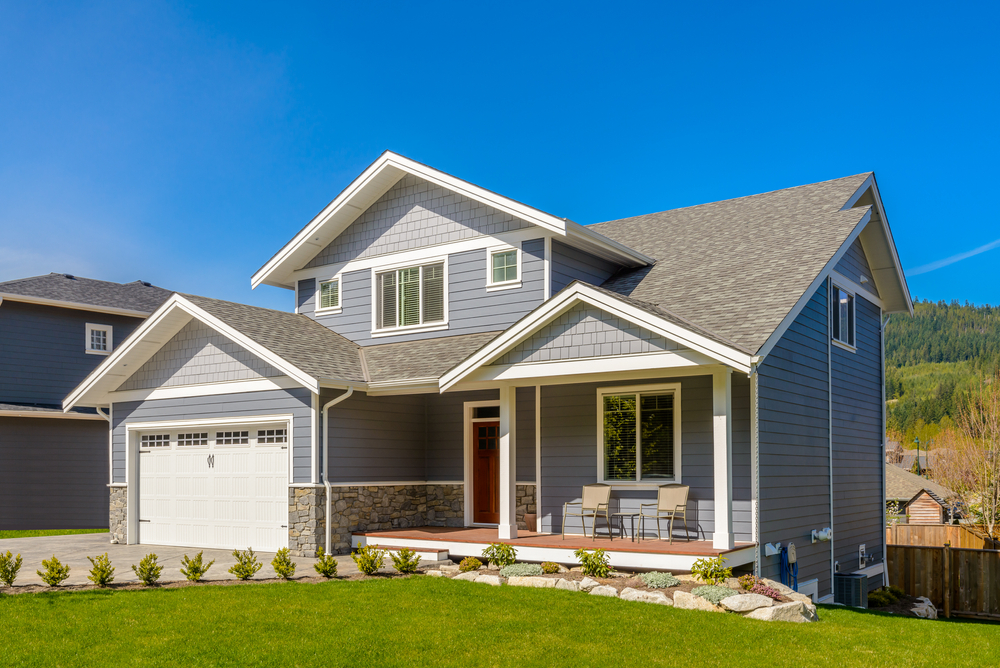The Shift Towards Micro Apartments: A New Trend in Urban Living
Introduction: In the bustling heart of urban metropolises, a new trend is steadily gaining traction. Micro apartments, a fresh and innovative housing solution, are becoming an increasingly popular choice for city dwellers. This article explores this emerging trend, its advantages, and potential implications on the real estate market.

The Emergence of Micro Apartments
Micro apartments, also known as micro-units or studio apartments, have been around for quite some time in cities like Tokyo and Hong Kong where space is a premium. However, their popularity is now spreading to more cities worldwide. These units typically range from 200 to 400 square feet, including a kitchen, bathroom, and a living area that doubles as a bedroom. The rise in demand is driven by factors such as changing societal norms, increasing urbanization, and the need for affordable housing in city centers.
The Appeal of Micro Apartments
The primary appeal of micro apartments lies in their affordability and strategic location. Many young professionals, students, and even retirees are drawn to these compact living spaces. They offer an affordable entry point into desirable neighborhoods where traditional apartments may be prohibitively expensive. Additionally, micro apartments also cater to the increasing societal trend towards minimalism and sustainable living, as they encourage occupants to streamline their possessions and reduce their ecological footprint.
The Impact on the Real Estate Market
Micro apartments are not just a trend among renters but are also attracting the attention of real estate developers and investors. These units can yield higher per square foot rents than conventional apartments and can be a profitable venture in cities with high rental demand. However, they also pose certain challenges. Regulations regarding minimum living space can limit their development, and their long-term appeal may be uncertain.
Micro Apartments: A Sustainable Solution?
While the compact nature of micro apartments promotes a minimalist lifestyle, it also raises questions about the quality of life and mental well-being of occupants. Limited space and lack of storage can lead to stress, while the lack of private spaces can affect mental health. However, creative design solutions and community amenities can help mitigate these issues.
The Future of Micro Apartments
As urban populations continue to grow and housing affordability remains a pressing issue, the demand for micro apartments is expected to increase. This shift towards smaller, more affordable housing offers an opportunity for real estate investors and developers to diversify their portfolios and cater to new market demands. However, it also necessitates careful planning and innovative design to ensure these tiny homes are not just profitable, but also provide a comfortable and sustainable living solution.
In conclusion, micro apartments represent an interesting evolution in the urban real estate landscape – one that caters to evolving societal trends, market demands, and sustainability concerns. As with any real estate trend, it presents both opportunities and challenges that need to be navigated with insight and foresight.





